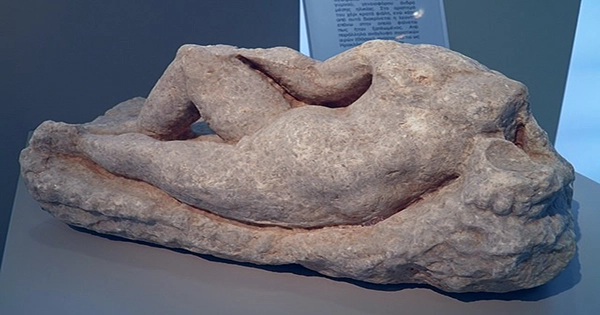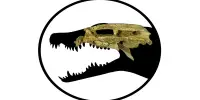A treasure trove of items has been uncovered at the site of a renowned historic shipwreck just off the rugged coast of Greece. A marble head of Hercules, the notoriously powerful heavenly hero from ancient Greek and Roman mythology, and maybe human remains are among the many discoveries. The Antikythera wreck is a Roman-era shipwreck that lies on the seafloor northwest of Crete, dated from roughly 60 BCE. It’s most known as the shipwreck that housed the corroded remnants of the Antikythera mechanism, which is thought to be the world’s oldest known analog computer.
Sponge divers initially found the wreck in 1900, but current archaeological studies have unearthed a variety of fascinating items. Marine archaeologists disclosed today the findings of a “very successful” mission that began with the excavation of a massive boulder, providing access to a hitherto unknown section of the wreckage.
They uncovered the plinth of a marble statue with the lower portions of the legs caked in a thick layer of marine sediments within this new hollow (pictured above). They also uncovered a bearded man’s marble statue head, which they believe portrays Herakles (also known as the Roman Hercules). It’s said to have accompanied the “Herakles of Antikythera,” a headless statue that was initially rescued from the sea in 1900. They also uncovered two human teeth embedded in the millennia-old marine sediments that had accumulated on the wreckage. This is especially fascinating since genetic and isotopic examination of the teeth may reveal more about the individuals who sailed this ship 2,000 years ago.
A 2,000-year-old human skeleton known as Pamphilos was discovered near the wreckage in 2016. Researchers have unearthed everything from sculptures and jewelry to the Antikythera device itself in the site. This collection of items suggests that it was most likely a merchant ship. The crew wants to learn more about the ship’s fateful trip by researching the artefacts discovered near the site. Its origins are unknown, but the 40-meter-long (130-foot) vessel was most likely going from the Eastern Mediterranean to Rome. Unfortunately, it was unable to reach its goal after smashing into the rocks off the coast of Antikythera due to a storm.
The Antikythera mechanism is the most interesting of the shipwreck’s items. It was used to forecast eclipses, track the motions of the Sun, Moon, and stars, and the locations of the five planets known to the ancient Greeks at the time: Mercury, Venus, Mars, Jupiter, and Saturn, using a system of bronze gears. However, why this remarkable artefact was on the ill-fated ship remains a mystery.













